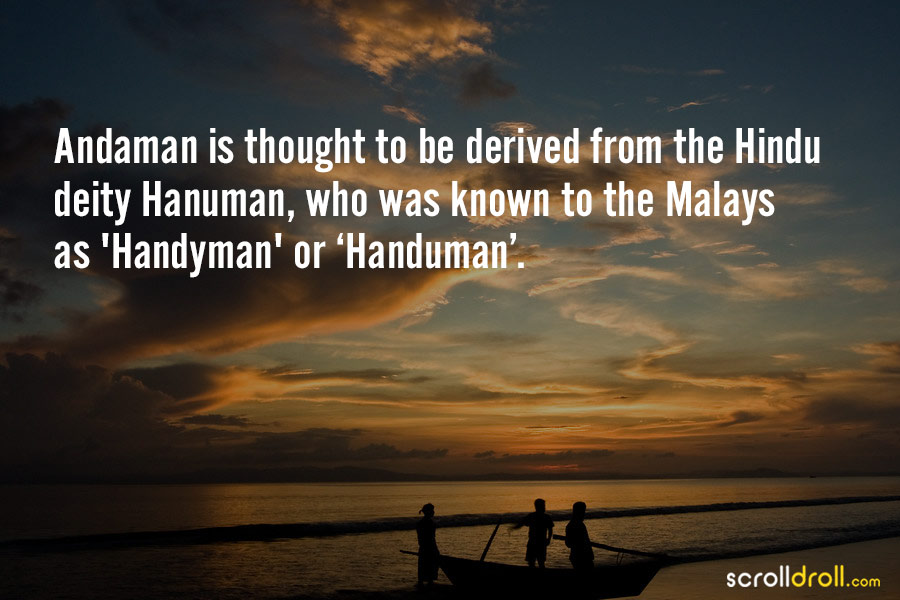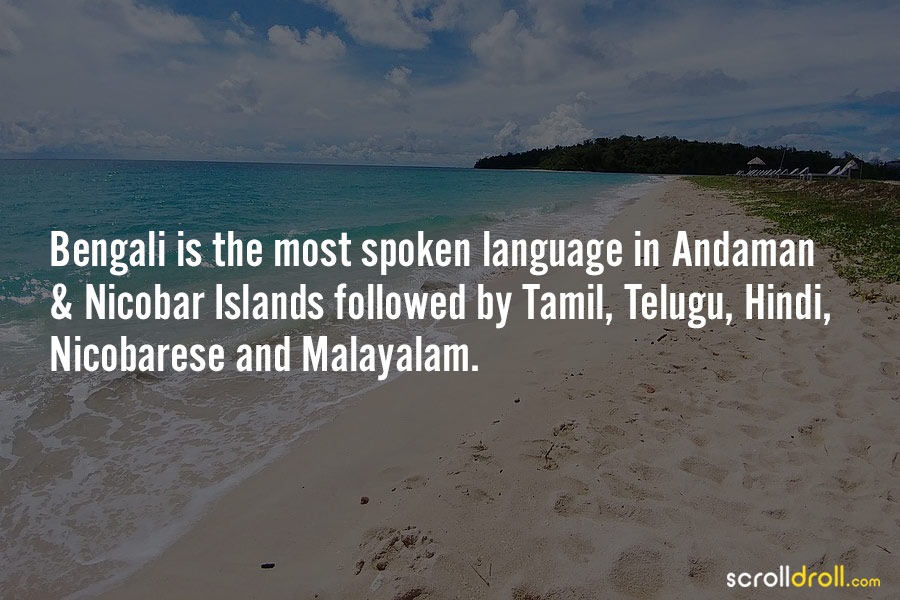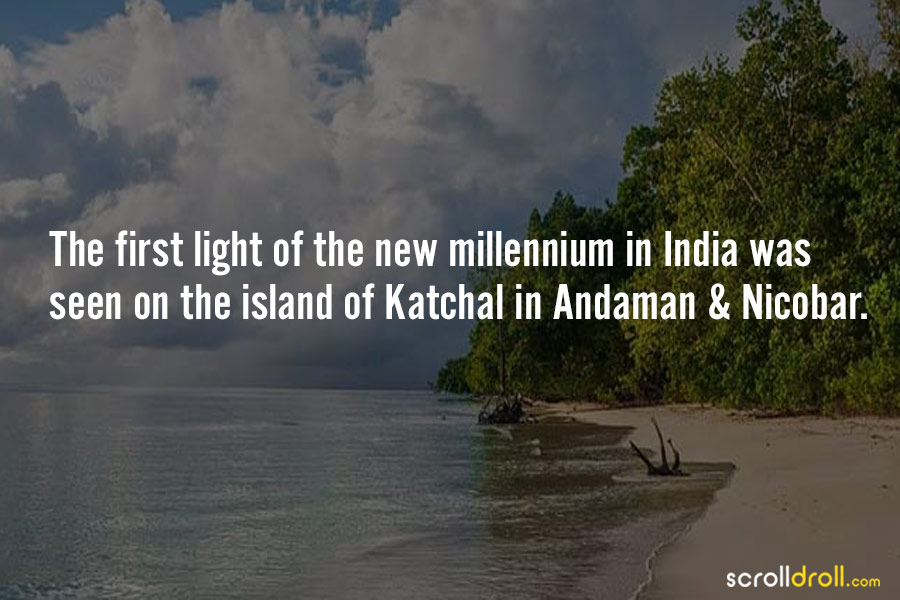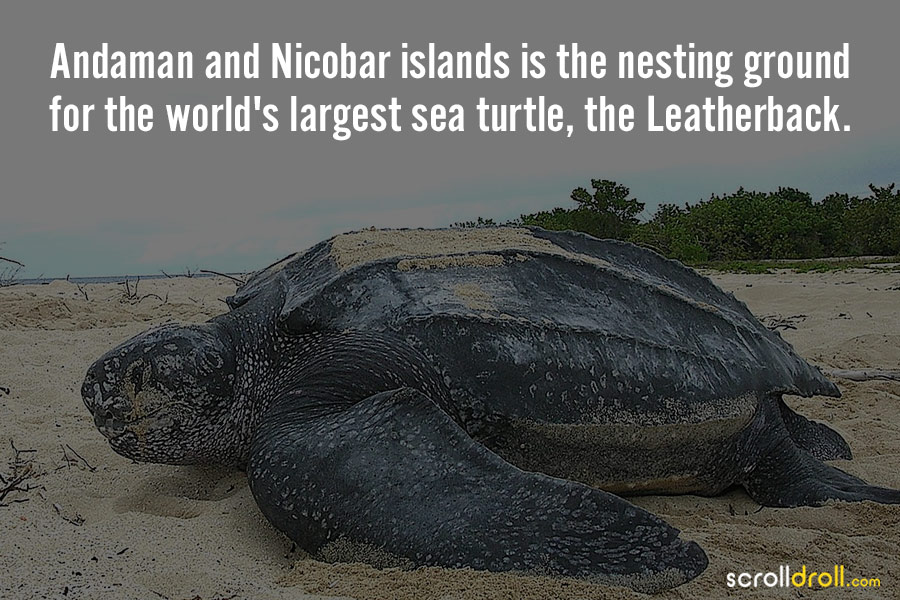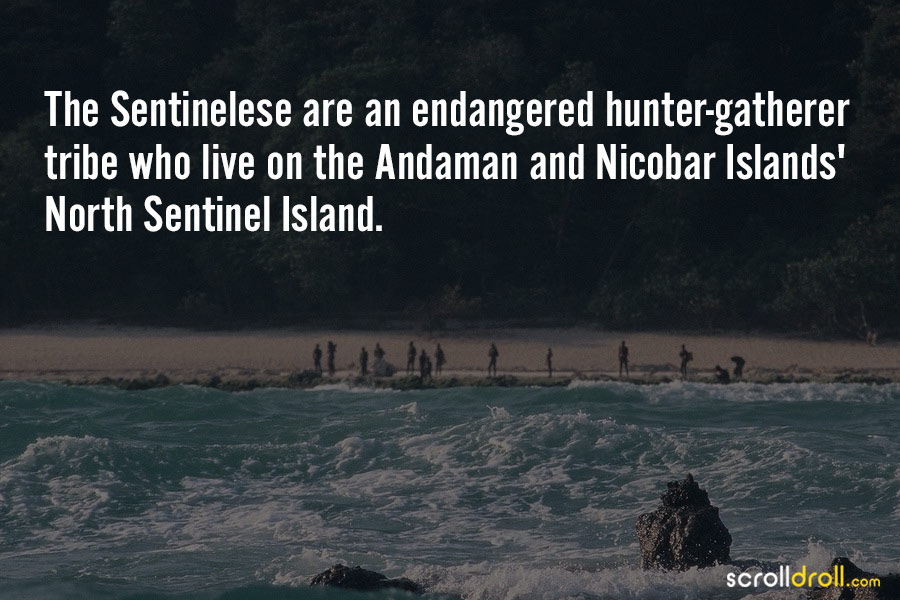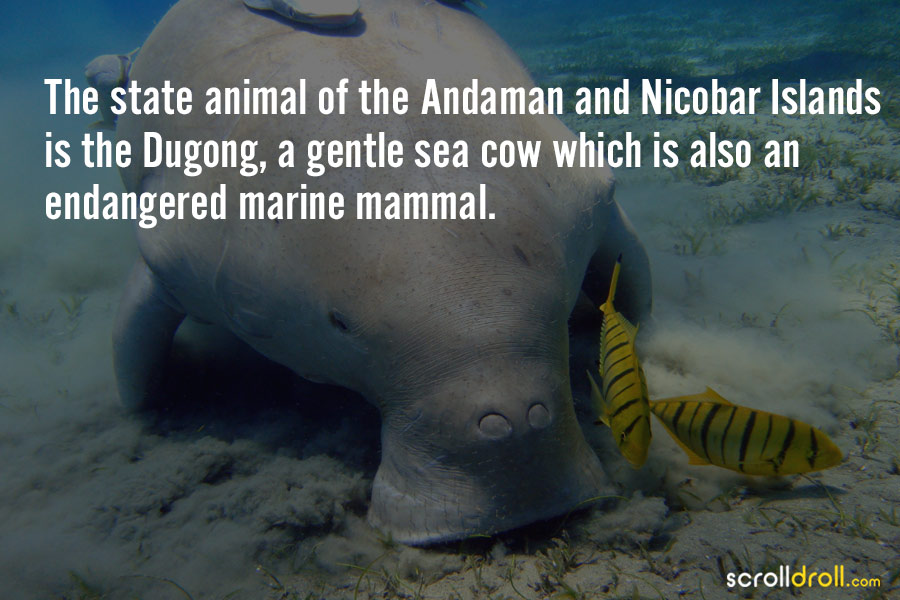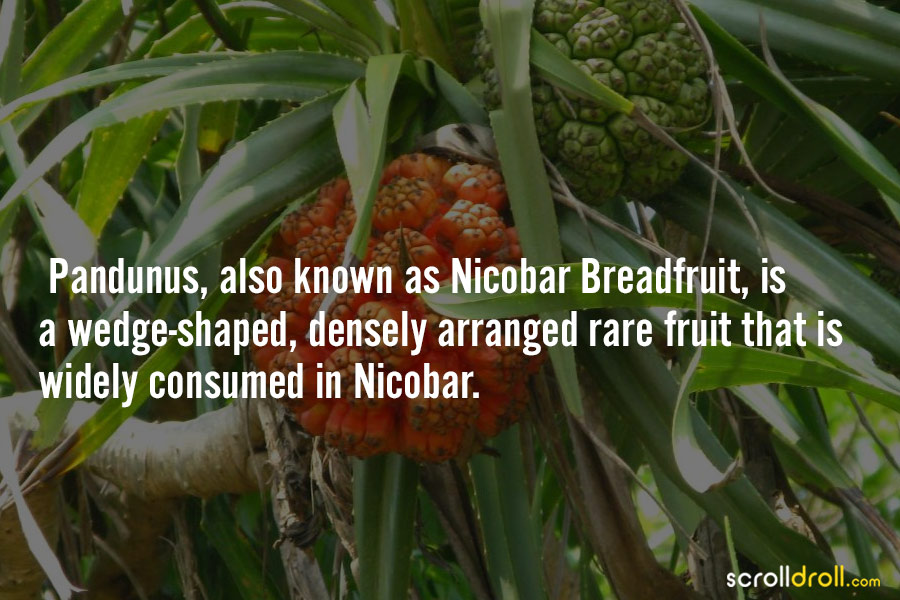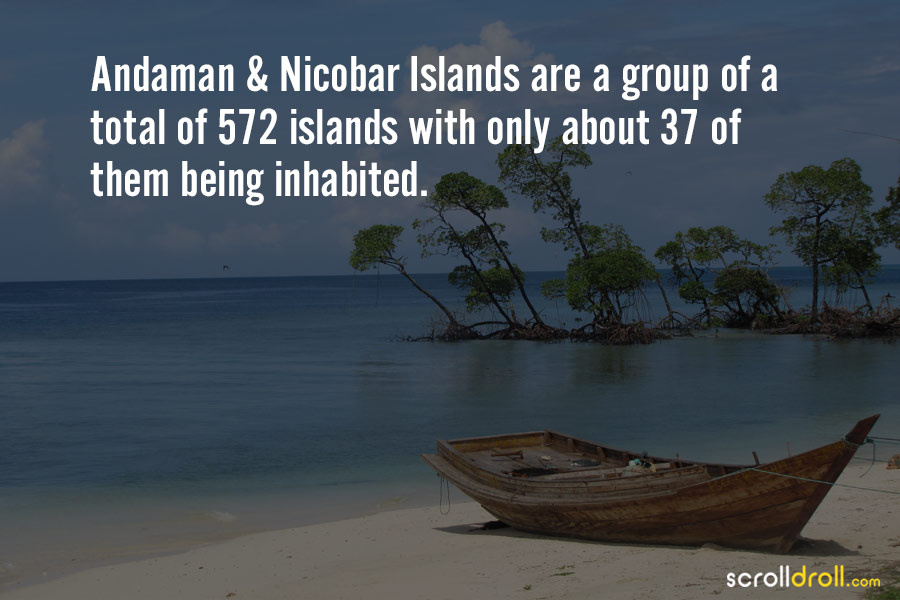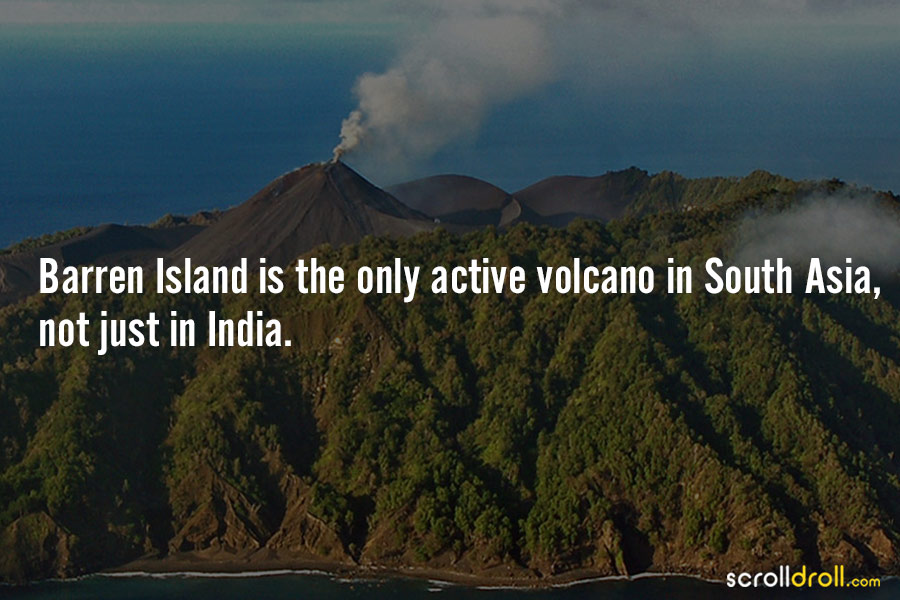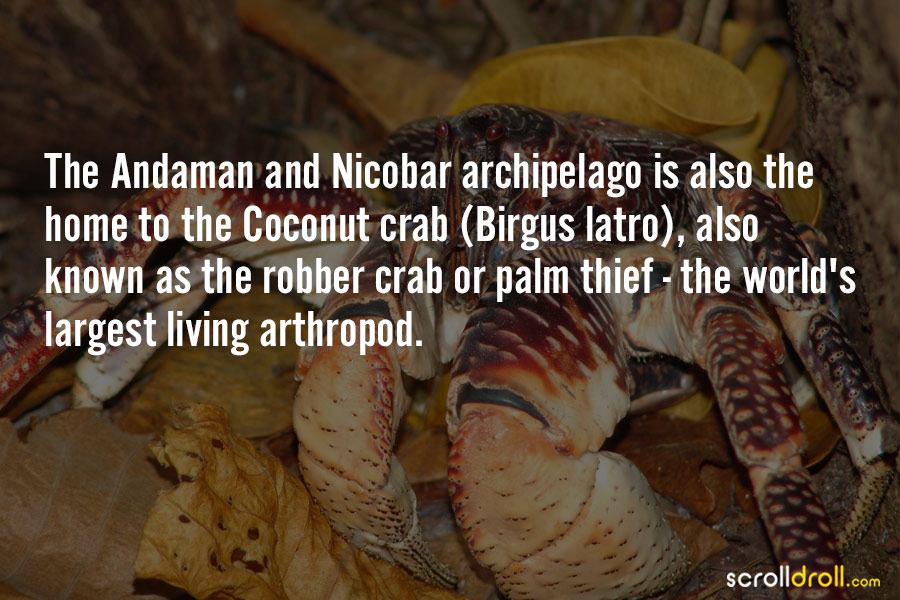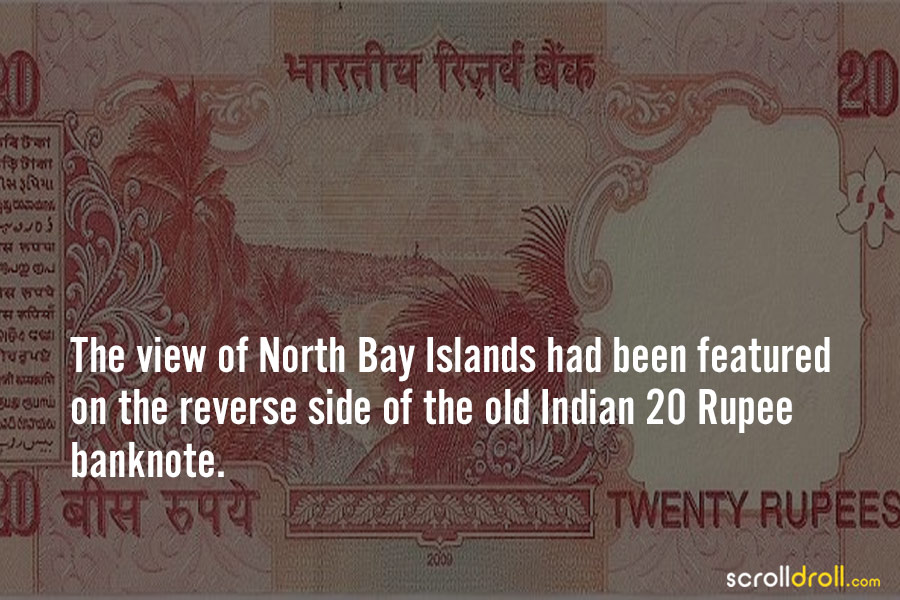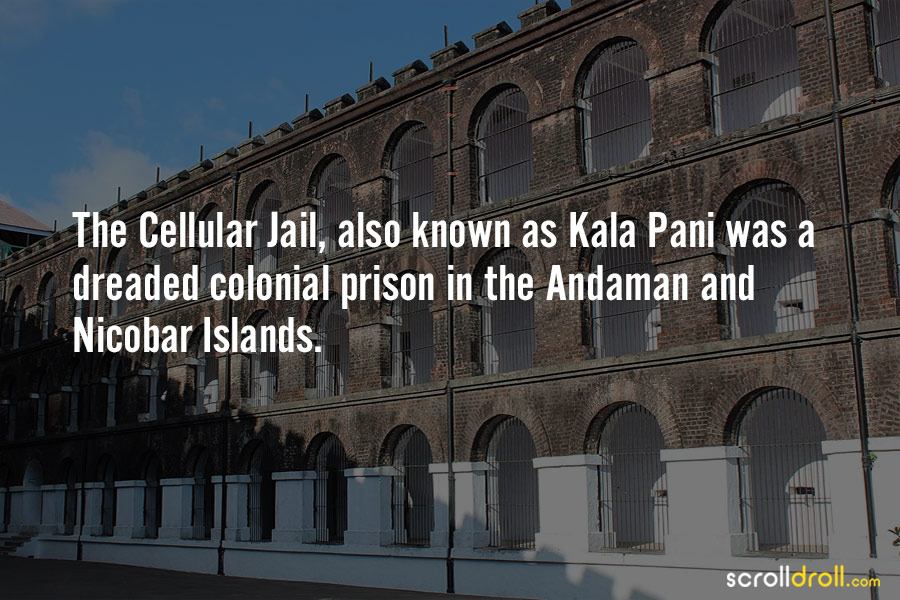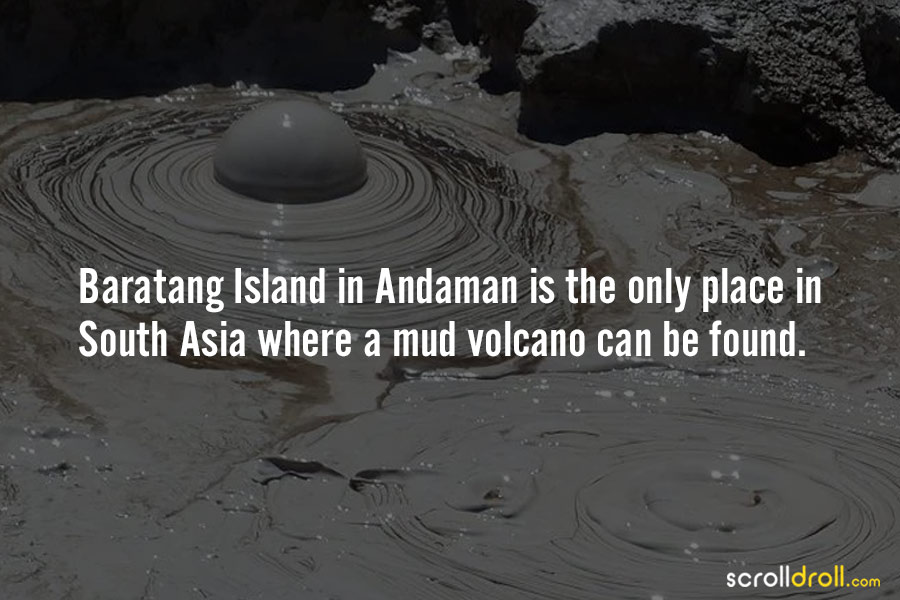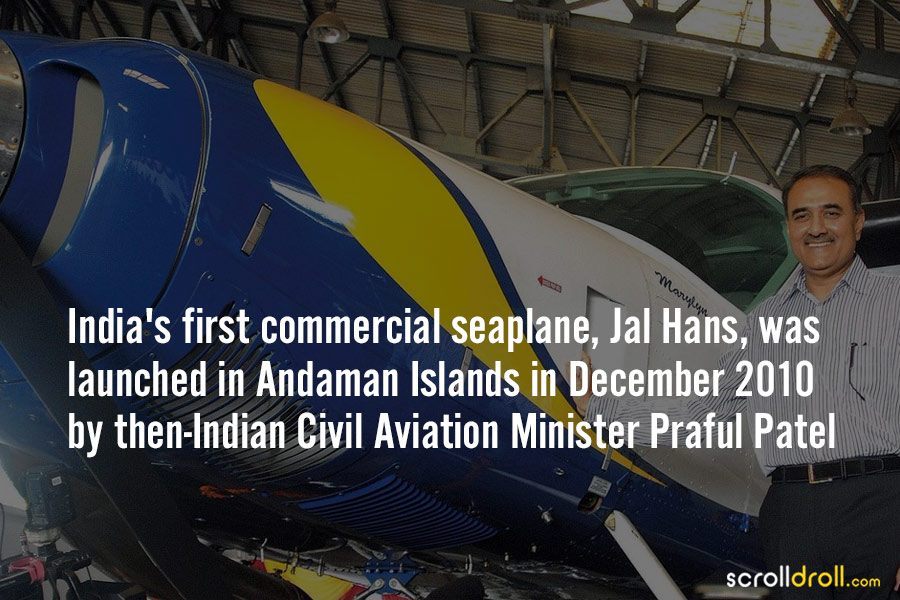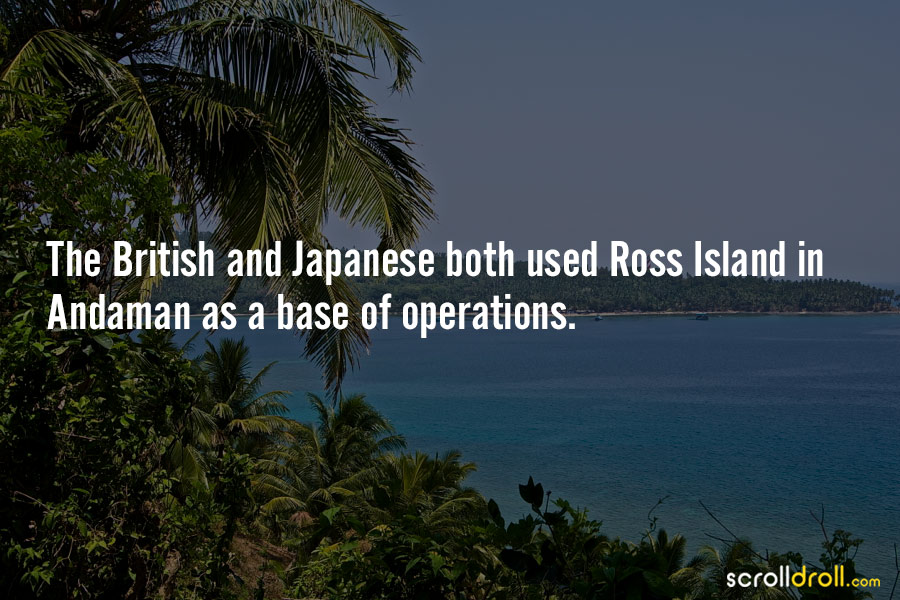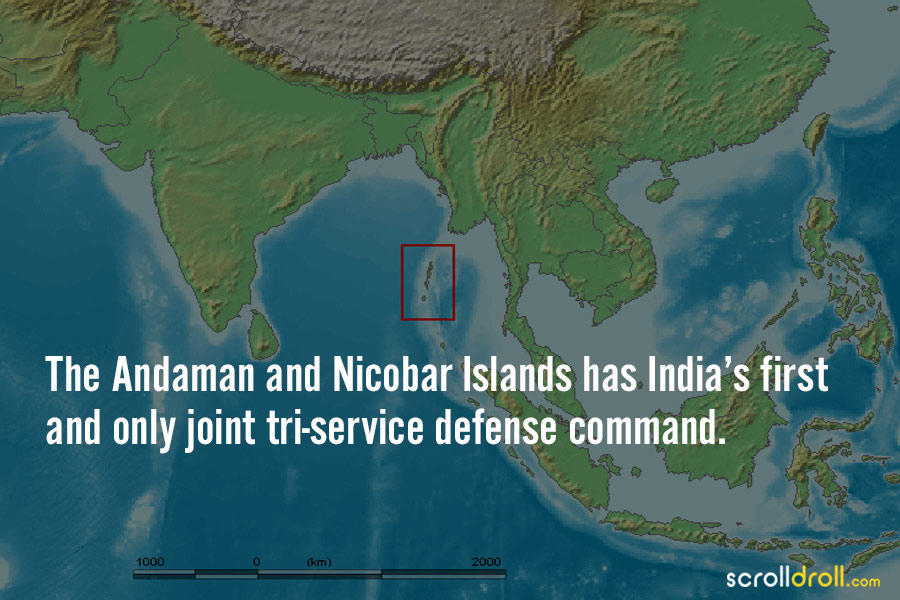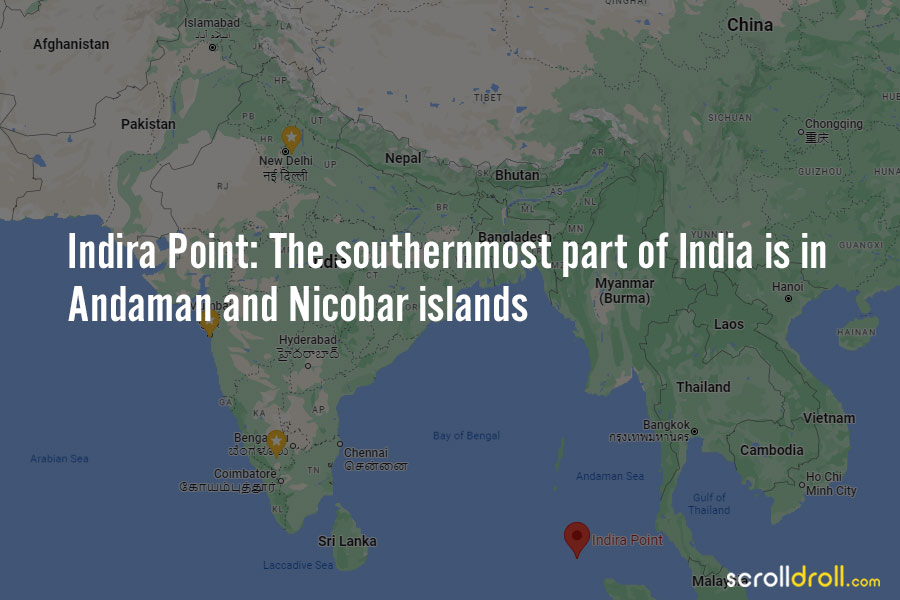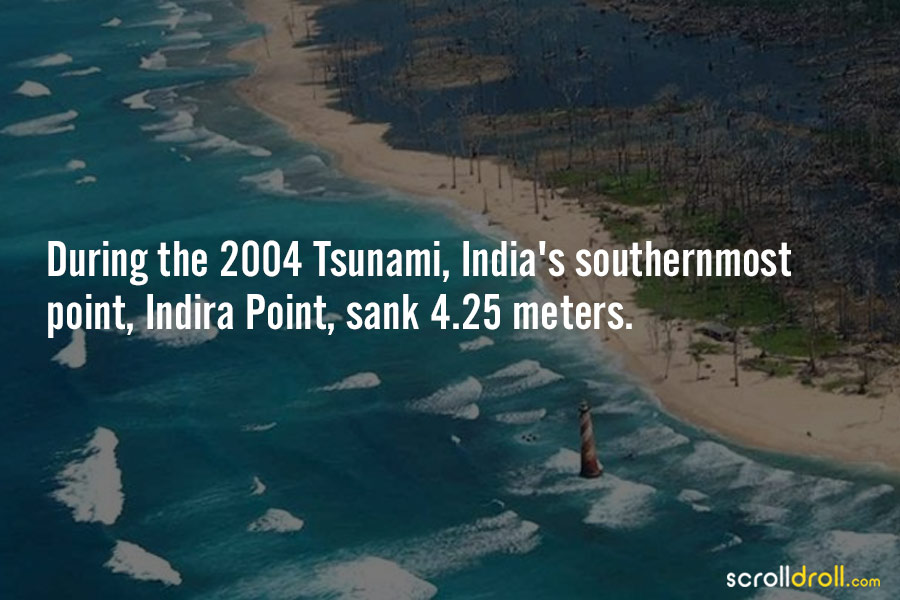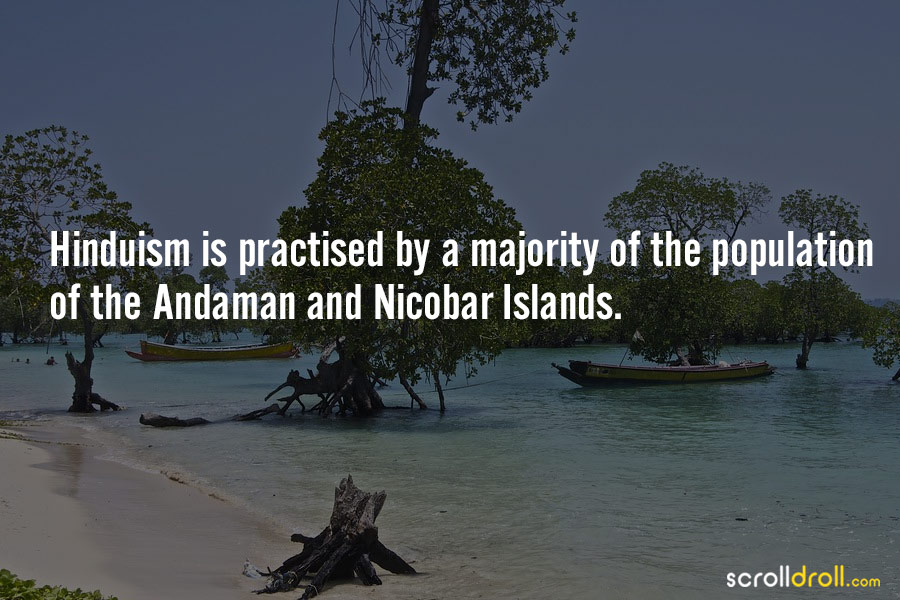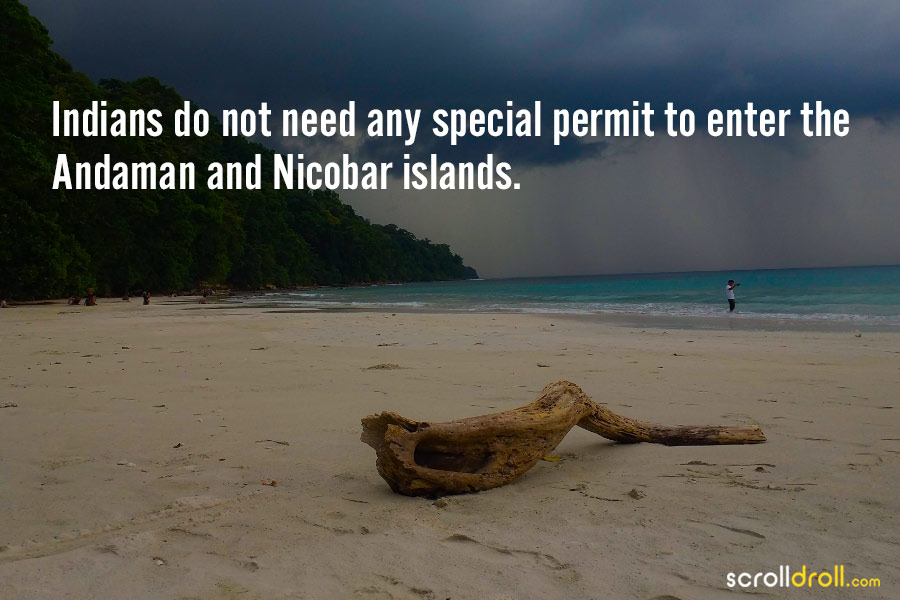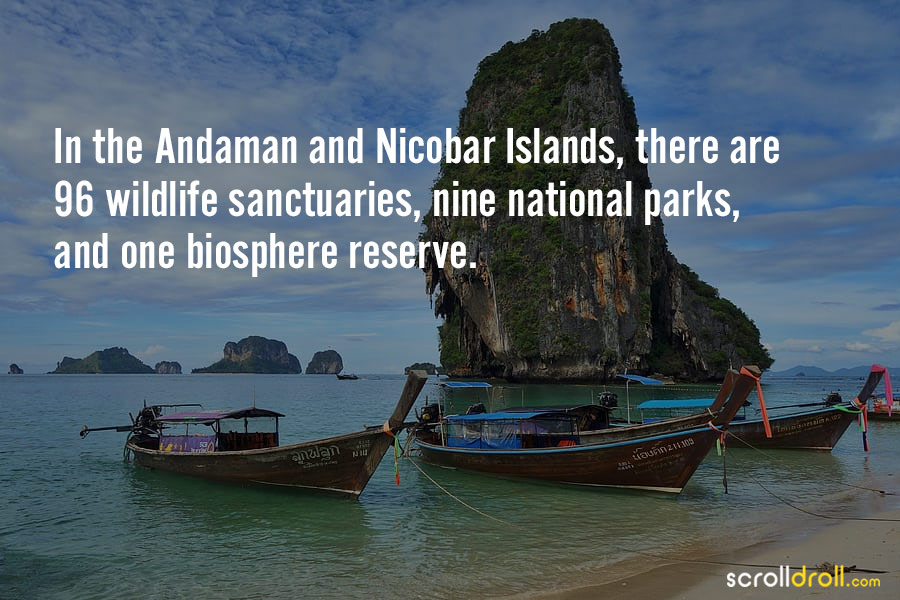21 Interesting Facts About Andaman & Nicobar Islands
The Andaman and Nicobar Islands have always been one of the world’s most enigmatic locations. Only 36 of the archipelago’s 572 islands are accessible to tourists. A massive rainforest covers the area, which is home to a diverse range of flora and fauna. Everyone has heard a lot about these islands, but few people actually know much about them. Here are a few interesting facts about Andaman & Nicobar Islands.
Also read: 25 Amazing Facts About India That Will Surprise You
1. The names ‘Andaman’ is said to have been derived from the Hindi deity Hanuman while ‘Nicobar’ has a south Indian origin meaning ‘Land of the Naked.’
The name Andaman is presumed to be derived from Hanuman, who was known to the Malays as Handyman. The name Nicobar seems to be a corruption of the South Indian term ‘Nakkavaram’ (Land of the Naked) as indicated in the great Tanjore inscription of AD 1050.
2. Andamanese or Nicobarese are not the most widely spoken languages here.
As of the 2011 census, Bengali is spoken as the first language by 28.49% of the Union Territory’s population followed by Tamil (15.20%), Telugu (13.24%), and Hindi (12.91%), Nicobarese (7.65%) and Malayalam (7.22%). Sadri (5.53%), and tribal languages.
3. The first sunrise of the millennium in India occurred on Katchal Island.
Katchal, a small island off the coast of Nicobar, was virtually unknown until the Royal Greenwich Laboratory announced that it would be the first inhabited place on the planet to see the first sunrise of the millennium. India Post issued a commemorative stamp depicting the first sunrise of the millennium at Katchal in its first postal issue of the year 2000.
4. The world’s largest sea turtles lay their eggs here.
For three species of marine turtles – Hawksbill, Green, and the world’s largest sea turtle, the Leatherback – the Andaman and Nicobar Islands have the best nesting beaches in India (Dermochelys Coriacea). The nesting population of Leatherback turtles in Nicobar is one of the few in the Indo-Pacific that exceeds 1,000 individuals, making it of global significance.
5. One of the world’s most isolated palaeolithic tribes lives on North Sentinel Island.
The Sentinelese, estimated to number around 300, have rejected all contact with the modern world and fired their arrows at anyone who approaches them. They are thought to be direct descendants of Africa’s first human populations and have lived in the Andaman Islands for up to 60,000 years.
6. The state animal of the Andaman and Nicobar Islands is the dugong, a gentle sea cow.
The gentle Dugongs can be found grazing peacefully on seagrass in the warm coastal waters of the Andaman and Nicobar Islands. They are large, plump marine vegetarians with short, paddle-like front flippers. Ritchie’s archipelago, North Reef, Little Andaman, and parts of Nicobar are home to these languid creatures, also known as the ‘Angel of the sea.’
7. Pandunus, also known as Nicobar Breadfruit, is a rare fruit that is widely consumed in Nicobar.
Pandanus is a wedge-shaped, densely arranged fruit with an extremely hard, woody, and fibrous body in which are embedded several narrow, edible seeds. Each section has a fleshy base with an aromatic pulp that is a staple food in Nicobar after cooking. The stem branches of Pandanus are used in construction, the leaves are used for weaving mats, and the hard exterior of the fruit is used as a bathing brush on the islands.
8. There are approximately 572 islands scattered throughout the area, with only about 37 of them being inhabited.
At the confluence of the Bay of Bengal and the Andaman Sea, the Andaman and Nicobar Islands are a union territory of India consisting of 572 islands, 37 of which are inhabited. Human life is absent from the remaining areas.
9. The Andaman Islands are home to India’s only active volcano, Barren Island.
Barren Island is a small island off the coast of Thailand in the Andaman Sea. It is the only active volcano in the Indian subcontinent and the only active volcano in a chain of volcanoes stretching from Sumatra to Myanmar. This small 3-km-wide island, located approximately 135 km northeast of Port Blair, contains a 1.6-km-wide crater partially filled by a cinder cone that has been the source of eruptions since the first in 1787.
10. Birgus Latro, also known as the Robber crab, is the world’s largest living arthropod.
The Robber Crab (Birgus Latro), also known as the Coconut Crab, is the world’s largest land-dwelling arthropod. They live on land most of the time, but at night they climb up coconut trees and carve a hole in the tender coconuts to eat the soft kernel. The Andaman and Nicobar archipelago in South Asia is home to most of these massive crabs.
11. The Andaman and Nicobar Islands are depicted on the old 20 rupee note.
Have you ever noticed the landscape on an old 20 Rupee note? The North Bay Island is depicted on the red-coloured note as a picturesque bay lined with lush greenery, and the same view can be seen on the way to Mount Harriet. Mount Harriet is the Andaman and Nicobar archipelago’s second-highest peak.
12. The Cellular Jail, also known as Kala Pani was a colonial prison in the Andaman and Nicobar Islands, India.
The cellular Andaman and Nicobar Islands were so far away from the British mainland during the 1857 revolt that they became the dreaded Kala Pani penal colony for Indian freedom fighters. The Cellular Jail was built to isolate the inmates from the outside world; they were kept in solitary cells and forced to work long hours on an iron-handled oil extractor. The prison is now open to tourists, and there is a light and sound show every evening.
13. The only place in India with mud volcanoes is Baratang in Andaman.
These mud volcanoes have erupted infrequently in the past, with recent eruptions in 2005 thought to be linked to the 2004 Indian Ocean earthquake. The most recent major eruption was on February 18, 2003. This mud volcano is known as jalki by the locals.
14. In the Andaman Islands, India’s first commercial seaplane, Jal Hans, was launched.
Seaplanes are amphibious aircraft that can land and take off on both land and water. In 2013, the government-owned Pawan Hans launched India’s first seaplane operation in the Andaman and Nicobar Islands, dubbed the Jal Hans. Jal Hans is an eight-seat Cessna 208A with modern navigation features that can travel up to 250 kilometers per hour and land on the ground.
15. The British and Japanese both used Ross Island in Andaman as a base of operations.
From 1858 until an earthquake in 1941, Ross Island served as the former British headquarters for the majority of the Andaman Islands. The Japanese turned the site into a POW camp in 1941 and built war installations that can still be seen today. The island, which is now under the control of the Indian Navy, is a popular tourist destination with its jungle-clad colonial ruins and creepy World War II tunnels.
16. The Andaman and Nicobar Islands has India’s first and only joint tri-service defense command.
Next on our list of interesting facts about the Andaman & Nicobar Islands is the joint tri-service defence command. The Andaman and Nicobar Command (ANC) is the Indian Armed Forces’ first and only tri-service theatre command, based in Port Blair, India’s Union Territory of the Andaman and Nicobar Islands. It was established in 2001 to protect India’s strategic interests in Southeast Asia and the Strait of Malacca by increasing the speed with which military assets are deployed in the region. It supports naval ships deployed to East Asia and the Pacific Ocean with logistical and administrative support.
17. The southernmost part of India is in Andaman and Nicobar islands.
The southernmost point of India is commonly misidentified as Tamil Nadu’s ‘Kanyakumari.’ In fact, “Indira Point” in Campbell Bay is the southernmost point.
18. During the 2004 Tsunami, India’s southernmost point, Indira Point, sank 4.25 meters.
On March 1, 2005, an aerial view of the damaged coast of Indira Point, India’s southernmost point, located 600 kilometers (375 miles) south of Port Blair in the Andaman and Nicobar archipelago. Large stretches of India’s southernmost tip, the Indira Point, about 120 kilometers from Indonesian shores, remain underwater years after the massive natural disaster.
19. The majority of inhabitants are Hindus.
According to the 2011 Indian census, the majority of people in the Andaman and Nicobar Islands are Hindus (69.45%), with Christians accounting for a small minority of 21.7% of the population. There is a sizable Muslim minority (8.51%) in the country.
20. Indians do not need any special permit to enter the Andaman and Nicobar islands.
Indian tourists do not need a permit to visit the Andaman Islands, but they must obtain a special permit from the Deputy Commissioner in Port Blair if they wish to visit any tribal areas. Foreign nationals must obtain permits. These are given to foreign nationals arriving by air when they arrive in Port Blair.
21. It is home to many wildlife reserves.
Several animals, many of which are endemic to the Andaman Islands, call the islands home. Mammals and birds are included. The South Andaman krait and the Andaman water monitor are two endemic reptiles, toads, and frogs found on the islands. 72 kilometres from Havelock Island is a saltwater crocodile sanctuary.
In contrast to the pure natural bliss, the Andamans’ known history is full of misery and torture. On Barren Island, India’s only volcano can be found. The active volcano is aptly named because there is little vegetation around it, and the only people who live there are sheep! Furthermore, many of the islands are strikingly similar to the undiscovered island depicted in Life Of Pi. No human has ever set foot in these places. Make sure to go through the interesting facts about Andaman & Nicobar islands and pay a visit there!


